Room calorimetry the new gold standard for RMR measurements
Published in Biomedical Research
There has always been a need for accurate measurements of resting metabolic rate (RMR) in individuals with various diseases such as obesity, diabetes, and other facets of the metabolic syndrome. Most of the energy metabolism in individuals is due to the RMR. The obesity epidemic has been one place where the measurement of energy requirements started becoming a necessary part of potential treatment. We all wish that when weighing ourselves the scale would just lie to make us feel good (Figure 1). With the advent of fast food restaurants such as McDonalds, Burger King and others, many people flocked to such establishments in order to feed their families on a dime. An example of a typical fast food restaurant menu is shown in Figure 2. One can see that just one burger provides more than half of the recommended 2000-calorie daily intake. Now add a soda, fries and a desert and the total caloric intake may well over that recommended. What about the rest of the day? Children also tend to grave these foods thus the start of a similar weight gain crises for them (Figure 3). Currently, the obesity rates for adults in the USA is over 42%. The children are not far behind with a current obesity prevalence of nearly 20%. The obesity epidemic is so bad in the USA that there are even featured restaurants catering to an obese person’s eating habits (Figure 4). The prevalence of obesity has been on a steady increase for the past several decades with no end in sight. Obesity started becoming a major health problem in the 1950s. Thereafter, attempts were made to treat this newly defined disease. To begin with, it was important to determine the actual daily energy needs of individuals thus the advent of the metabolic cart (Figure 5). Many weight reduction programs sprung up such as Weight Watchers, Jenny Craig, Medifast and Optifast. None of these programs had high success rates due to the nature of their estimates of daily energy intake. If a metabolic cart was not available, mathematical formulas, derived at the turn of the last century, were utilized. The classic one was the Harris-Benedict equation. This horribly inaccurate equation probably contributed to some reduced success rates with many weight reduction programs. Even today, many physicians and clinicians utilize the Harris-Benedict equation to determine a patient’s energy needs, even during disease states. Once metabolic carts become more prevalent, many weight loss clinics abandoned prediction equations in favor of metabolic carts. In the past metabolic carts offered a way to obtain a measurement of RMR in 30-45 minutes. The software of the metabolic cart would then extrapolate the results to 24-hours. Until recently, metabolic carts were convenient for the person being measured and cost effective for the clinic. For decades, metabolic carts were considered the gold standard for RMR measurements.The goal for the treatment of obesity is to achieve a steady weight loss and then maintenance. The typical recommendation was to reduce one’s daily caloric intake by 5-10% to achieve a one-to-two-pound weekly weight loss. However, metabolic carts tend to overestimate RMR. This might explain why many individuals in these programs did not lose weight. They may have reduced their caloric intake by the recommended amount of daily calories but if the metabolic cart over estimated energy requirements by that much, they just ended up consuming enough energy just to maintain their current overweight status. Finally, individuals did not like being under the ventilated hood (Figure 5). Many found it claustrophobic and stuffy thus exacerbating the already inaccurate determination of RMR due to the individual’s anxiety. This was especially true for large individuals or seniors. This might partly explain why the rates of obesity keep climbing despite so called better metabolic measurements. There have been attempts to circumnavigate these issues with the ventilated hood by just reducing it to a facemask (Figure 6). Yes, this did eliminate the claustrophobic nature of the ventilated hood but there was still an apparatus strapped to one’s head. These issues with metabolic carts have probably led to inadequate energy intake recommendations for those seeking support for weight loss or the need to determine metabolic changes associated with various diseases. Another methodology was needed that would provide accurate estimates of daily RMR in a comfortable environment.
Whole room indirect calorimetry offers an accurate way to obtain RMR in 30-minutes without connection to the instrumentation via a ventilated hood or face mask. Since 2010, new technologies have improved the accuracy of whole room indirect calorimetry to the point that now only 30-minutes is all that is necessary to obtain an accurate assessment of RMR. One would ask what the advantages are. For one, accuracy. Secondly, and the most important, comfort of the person being measured. This is because they sit or lie comfortably on a recliner within a small room (Figures 7 to 10). Furthermore, TV and Wi-Fi are available during the RMR measurement thus making the person being measured more relaxed. There are five such whole room indirect calorimeters worldwide, two in New York City (Figures 7 and 8), one in Oslo, Norway (Figure 9) and two in Shanghai, China (Figure 10). They offer a comfortable, anxiety free way to obtain an accurate measurement of RMR. Finally, the Physio Lab at Mount Sinai Morningside Hospital (https://www.mountsinai.org/locations/physiolab), Manhattan NY now offers fee based 30-minute RMR measurements for any outside individual utilizing the RMR whole room indirect calorimeter.
What is the future for the new shorter duration RMR measurements? For one, weight loss drugs such as the new Glucagon-like peptide-1’s are now commonly prescribed for obese individuals. They boost insulin production as well as creating a sensation of fullness. However, no one knows the changes that occur in energy metabolism during their long-term use. These new 30-minute RMR measurements makes it possible to track changes in energy metabolism associated with the use of these weight loss drugs.
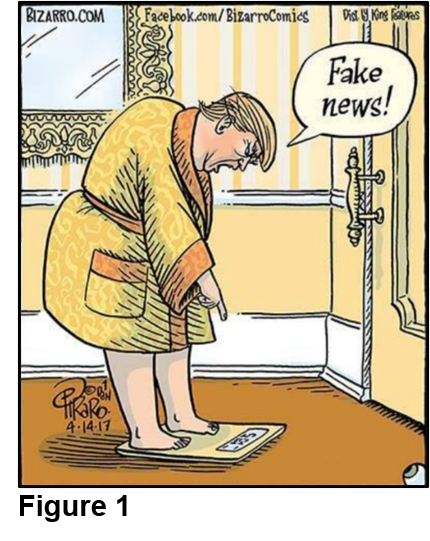
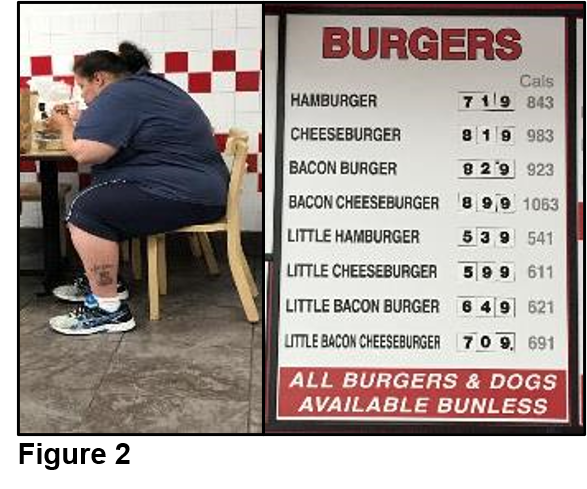
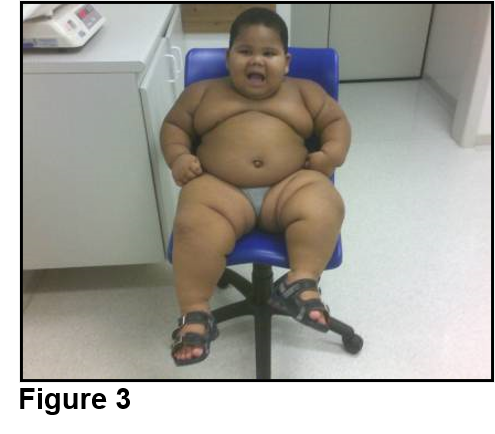
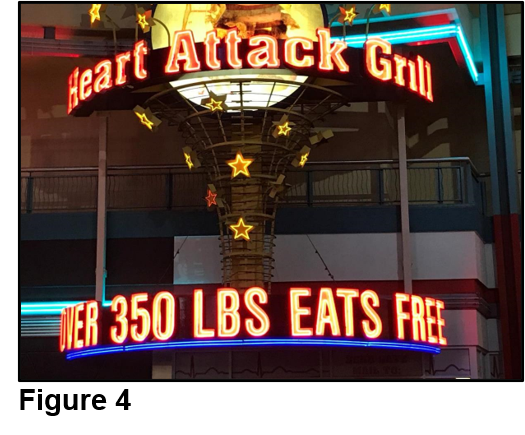
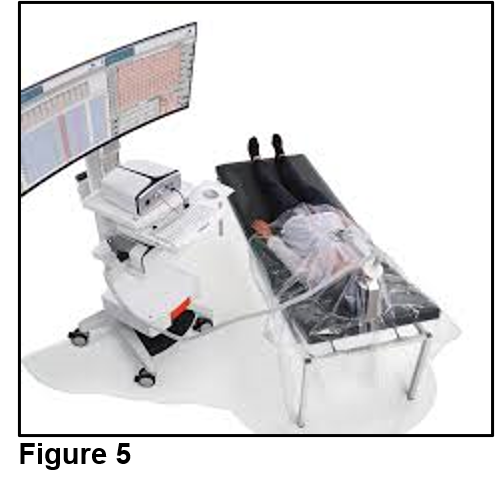
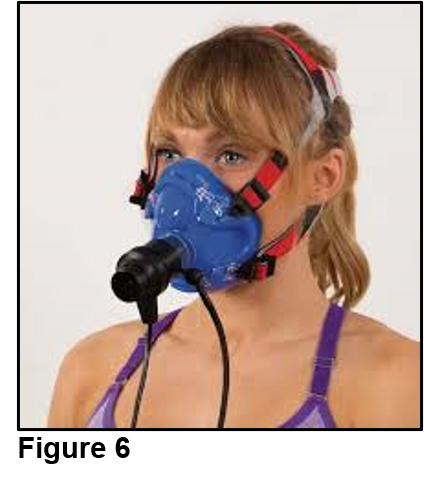

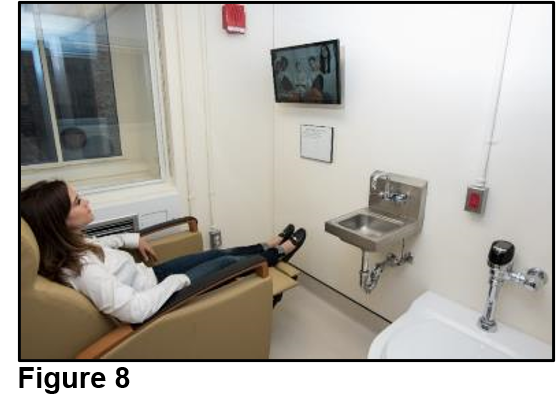
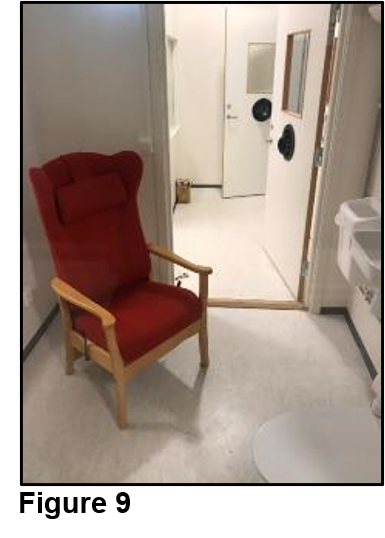
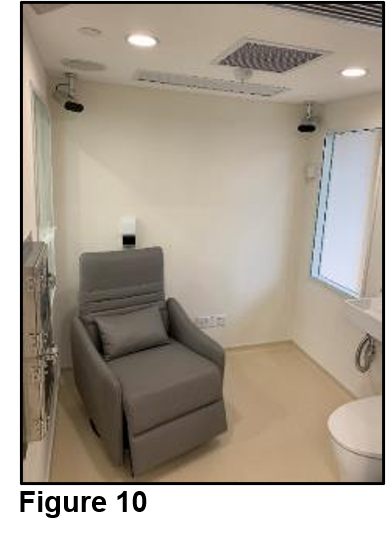
Follow the Topic
-
International Journal of Obesity

This is a multi-disciplinary forum for research describing basic, clinical and applied studies in biochemistry, physiology, genetics and nutrition, molecular, metabolic, psychological and epidemiological aspects of obesity and related disorders.






Please sign in or register for FREE
If you are a registered user on Research Communities by Springer Nature, please sign in